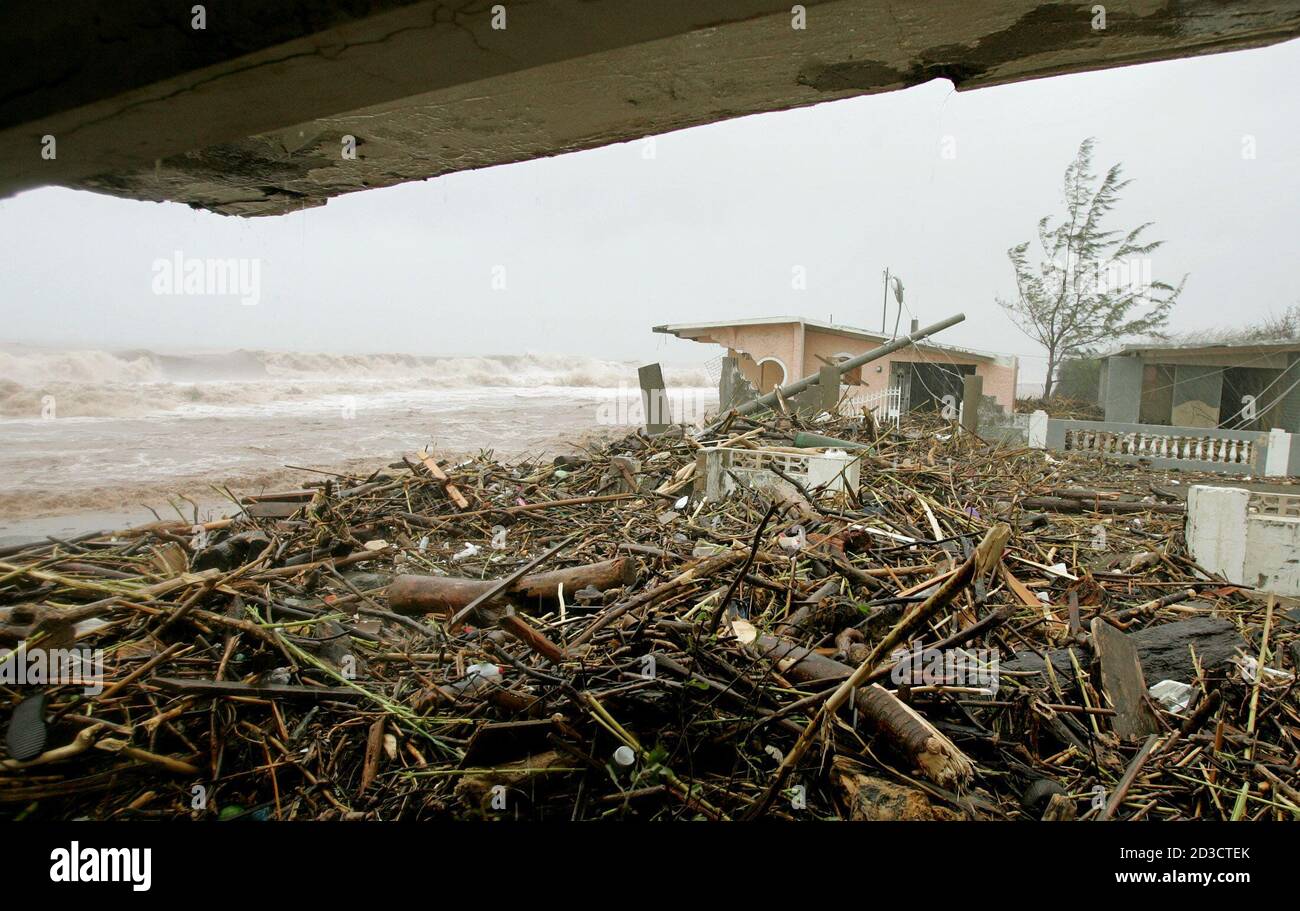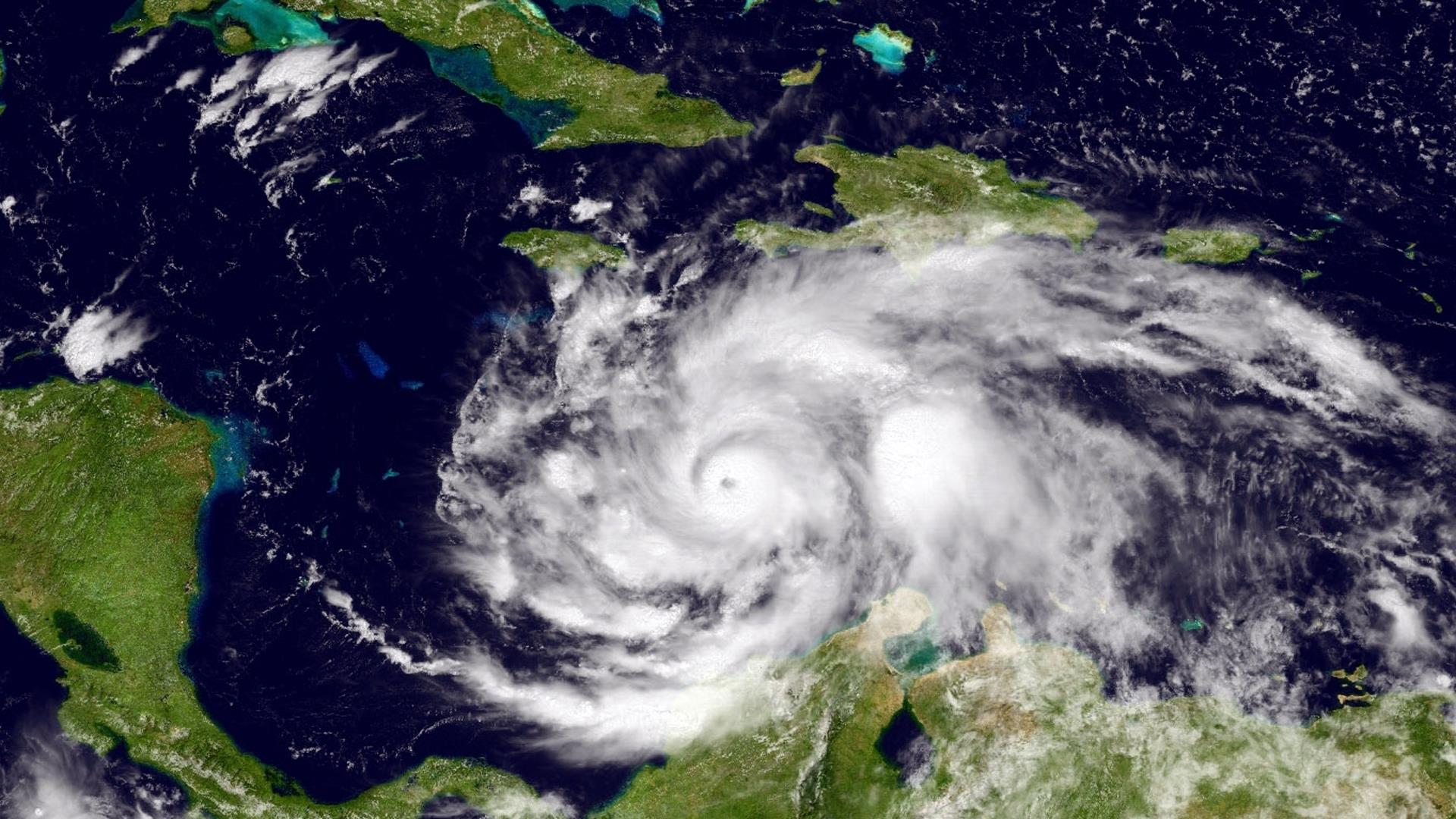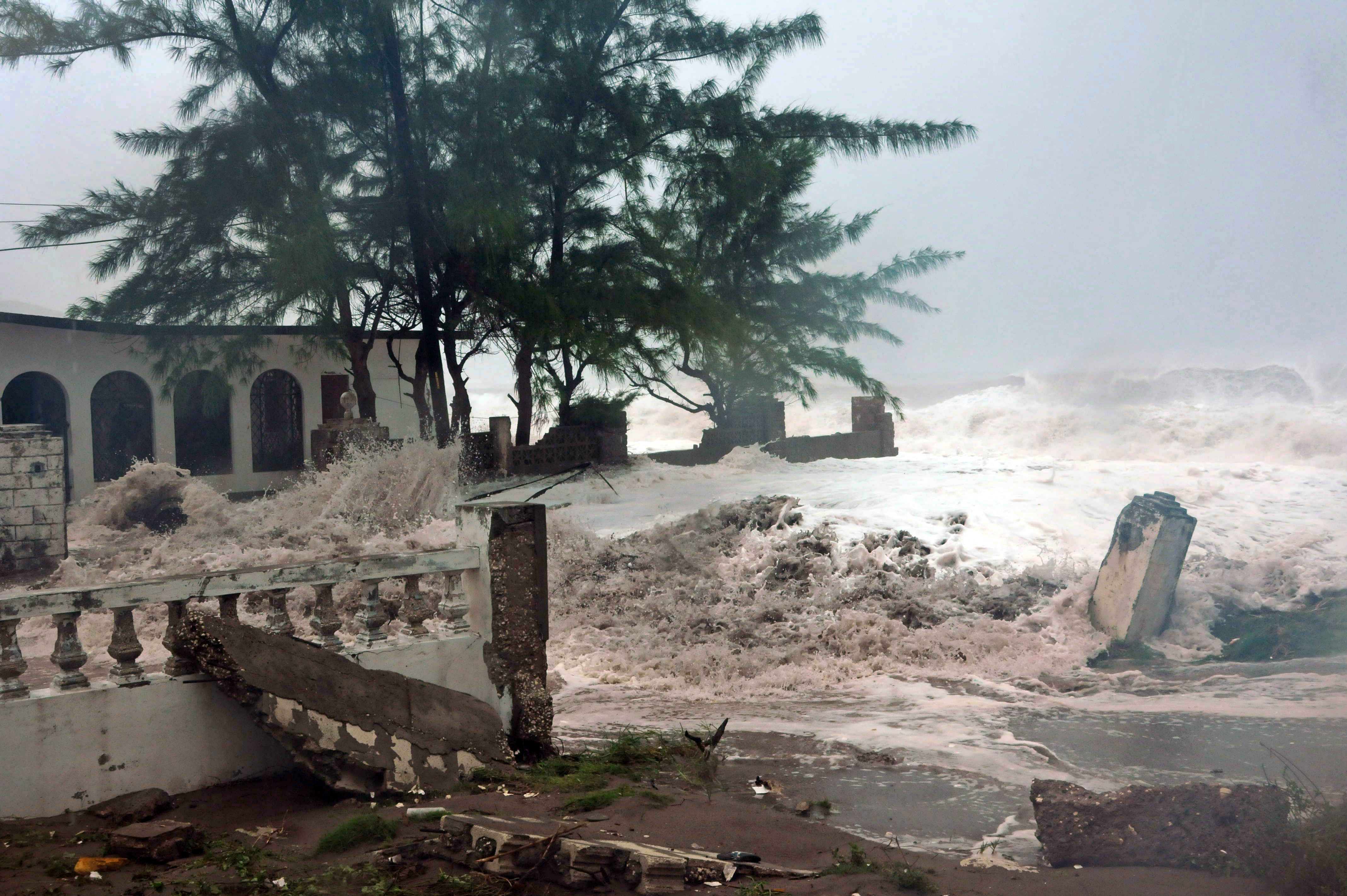Jamaica’s Vulnerability to Hurricanes: Jamaica Hurricane

Jamaica hurricane – Jamaica’s geographical location in the Caribbean Sea makes it highly susceptible to hurricanes. The island is situated within the Atlantic hurricane belt, which experiences an average of 12 tropical storms and six hurricanes each year. Historically, Jamaica has been affected by numerous hurricanes, including major storms such as Hurricane Gilbert in 1988 and Hurricane Ivan in 2004.
The recent hurricane that ravaged Jamaica left a trail of destruction in its wake. The storm, which made landfall as a Category 4 hurricane, brought torrential rains and powerful winds that caused widespread flooding and damage. Jamaica hurricane relief efforts are now underway to help those affected by the storm.
Contributing Factors
Several factors contribute to Jamaica’s vulnerability to hurricanes. These include:
- Geographical location: Jamaica’s location within the hurricane belt makes it susceptible to the passage of tropical cyclones.
- Flat topography: Much of Jamaica’s terrain is flat and low-lying, making it vulnerable to storm surges and flooding.
- Deforestation: Deforestation has reduced the island’s natural defenses against hurricanes, such as mangroves and forests, which can help to absorb storm surges and winds.
- Poverty and lack of infrastructure: Poverty and a lack of adequate infrastructure make it difficult for Jamaicans to prepare for and recover from hurricanes.
Impacts of Hurricanes on Jamaica

Hurricanes are a major threat to Jamaica, bringing with them immediate and long-term impacts on the country’s infrastructure, economy, and environment. These impacts can be devastating, causing widespread damage and loss of life.
Infrastructure, Jamaica hurricane
Hurricanes can cause significant damage to Jamaica’s infrastructure, including roads, bridges, buildings, and utilities. This damage can disrupt transportation, communication, and access to essential services, making it difficult for people to get around and meet their basic needs.
For example, Hurricane Gilbert, which hit Jamaica in 1988, caused widespread damage to the island’s infrastructure. The hurricane destroyed or damaged over 100,000 homes, leaving many people homeless. The hurricane also damaged roads and bridges, making it difficult for people to get around. The damage to the island’s infrastructure cost billions of dollars to repair.
Economy
Hurricanes can also have a devastating impact on Jamaica’s economy. The tourism industry, which is a major source of revenue for the country, can be severely disrupted by hurricanes. Hurricanes can also damage crops and livestock, which can lead to food shortages and higher prices.
For example, Hurricane Dean, which hit Jamaica in 2007, caused an estimated $1 billion in damage to the island’s economy. The hurricane damaged hotels and other tourist infrastructure, which led to a decline in tourism revenue. The hurricane also damaged crops and livestock, which led to food shortages and higher prices.
Environment
Hurricanes can also have a significant impact on Jamaica’s environment. The strong winds and heavy rains associated with hurricanes can cause erosion, flooding, and landslides. These events can damage coral reefs, mangroves, and other coastal ecosystems.
For example, Hurricane Ivan, which hit Jamaica in 2004, caused widespread erosion and flooding. The hurricane damaged coral reefs and mangroves, which are important ecosystems for fish and other marine life. The hurricane also caused landslides, which blocked roads and damaged homes.
Challenges
Jamaica faces a number of challenges in recovering from hurricane impacts. These challenges include:
- Lack of resources: Jamaica is a developing country with limited resources. This can make it difficult for the country to rebuild after a hurricane.
- Climate change: Climate change is increasing the frequency and intensity of hurricanes. This makes it more difficult for Jamaica to recover from hurricane impacts.
- Poverty: Poverty is a major problem in Jamaica. This can make it difficult for people to rebuild their lives after a hurricane.
Jamaica’s Hurricane Preparedness and Mitigation Strategies

Jamaica has a comprehensive hurricane preparedness and mitigation plan in place to reduce the impact of these storms. The plan includes early warning systems, evacuation plans, and building codes.
- Early warning systems: Jamaica has a network of weather stations and Doppler radar systems that provide early warning of approaching hurricanes. This information is disseminated to the public through the media and the Jamaica Meteorological Service website.
- Evacuation plans: Jamaica has developed evacuation plans for all coastal areas. These plans identify evacuation routes and shelters for residents to use in the event of a hurricane.
- Building codes: Jamaica has building codes that require new buildings to be constructed to withstand hurricane-force winds. These codes also require existing buildings to be retrofitted to meet these standards.
Strengths of Jamaica’s hurricane preparedness and mitigation strategies:
- The early warning systems provide ample time for residents to evacuate before a hurricane strikes.
- The evacuation plans are well-organized and provide clear instructions for residents to follow.
- The building codes are effective in reducing the damage caused by hurricanes.
Weaknesses of Jamaica’s hurricane preparedness and mitigation strategies:
- The early warning systems can sometimes be inaccurate, which can lead to false alarms.
- The evacuation plans are not always followed by residents, which can put them at risk.
- The building codes are not always enforced, which can lead to unsafe buildings being constructed.
Suggestions for improving Jamaica’s hurricane preparedness and mitigation strategies:
- The early warning systems should be upgraded to provide more accurate and timely warnings.
- The evacuation plans should be revised to make them more user-friendly and to encourage residents to follow them.
- The building codes should be more strictly enforced to ensure that all buildings are constructed to withstand hurricane-force winds.
Role of international organizations in supporting Jamaica’s hurricane preparedness efforts:
International organizations play a vital role in supporting Jamaica’s hurricane preparedness efforts. These organizations provide financial assistance, technical expertise, and training to help Jamaica improve its early warning systems, evacuation plans, and building codes.
Some of the international organizations that support Jamaica’s hurricane preparedness efforts include:
- The World Bank
- The Inter-American Development Bank
- The United Nations Development Program
- The United States Agency for International Development
These organizations work with the Jamaican government to develop and implement hurricane preparedness and mitigation strategies that will help to reduce the impact of these storms on the country.
Hurricane season is upon us, and the latest storm to threaten Jamaica is a Category 4 hurricane. The storm is expected to make landfall on the island on Friday, and residents are being urged to prepare for the worst. The National Hurricane Center has issued a hurricane warning for Jamaica, and residents are being advised to stock up on food, water, and other supplies.
They are also being advised to secure their homes and businesses and to be prepared to evacuate if necessary. To track the storm’s progress, you can consult the latest spaghetti models. These models show the possible paths that the storm could take, and they can help you make informed decisions about how to prepare.